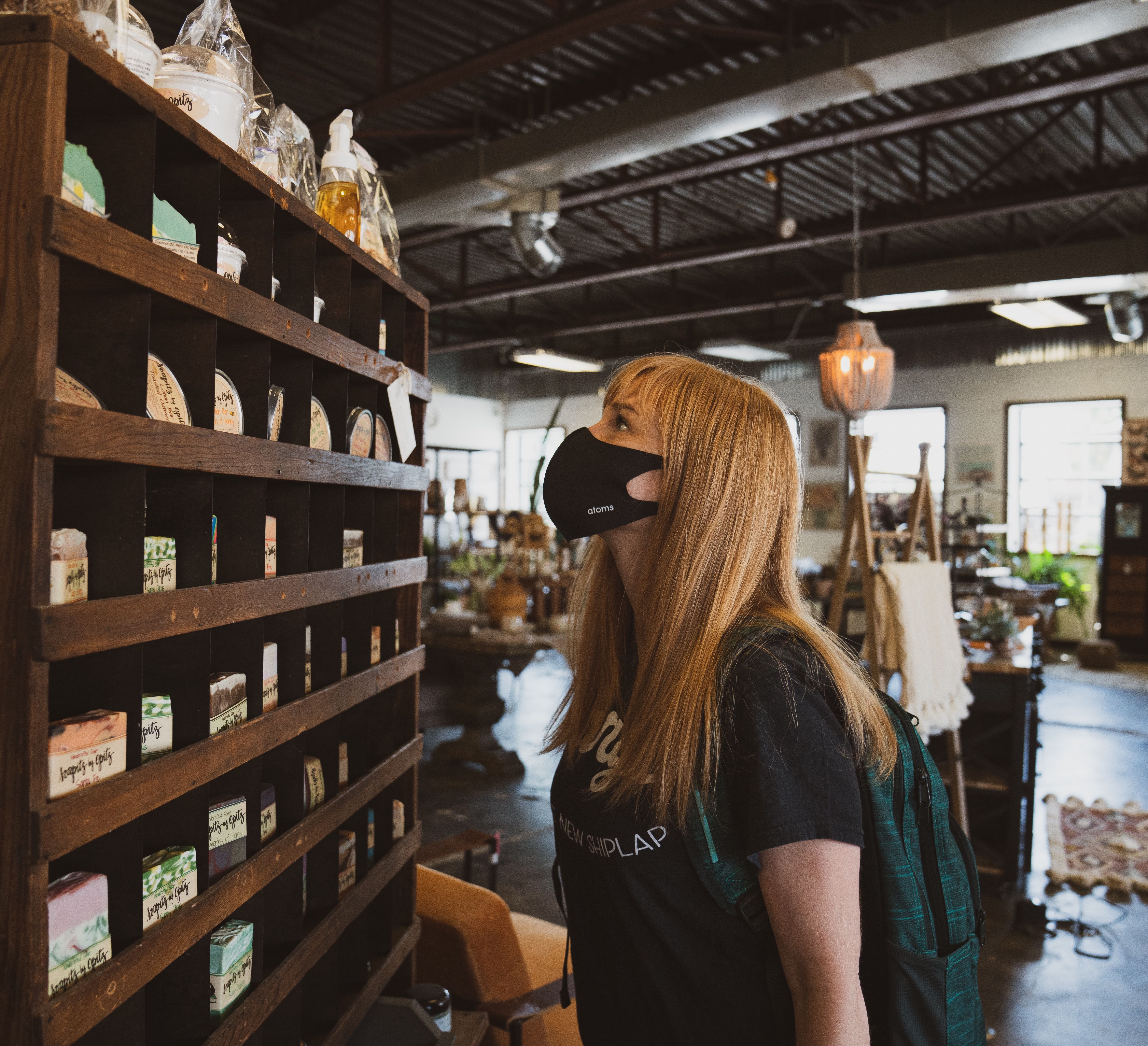Mask-Wearing Linked to Reduced Regional COVID-19 Transmissions
An online survey-based assessment showed older adults and minorities have been more likely to wear masks in public.

An observational, mathematical modeling study showed an association between 10% increases in self-reported mask-wearing and three-fold increased odds of keeping the instantaneous reproductive number (Rt) of coronavirus 2019 (COVID-19) transmission.
Namely, this new assessment of 30,000-plus people in the US show increased mask-wearing is linked to reduced secondary cases of COVID-19 from a single infected person.
In research published to The Lancet Digital Health Tuesday morning, an international team of investigators reported that localized decreased estimates of virus transmission, based on the reproductive number (R), correlated with raised survey participant reports of wearing masks in public.
The research team conducted an online survey across the US, asking participants to rate their likelihood of wearing a mask while grocery shopping or visiting family and friends on a four-point scale.
At the same time, investigators estimated levels of physical distancing within each state based on residents’ frequency to stay home—which they found by anonymized data from Google users who consented to sharing location history on mobile devices.
The team compared the Google-collected data from June 3 – July 27, 2020 versus a baseline, pre-pandemic period of January 3 – February 6, 2020.
Estimated levels of virus transmission over time in each state were comprised of daily estimated Rt numbers from the database Rt.live, and fitted to case data from The COVID-19 Tracking Project and the COVID-19 data working group.
In the 378,207 responses to the online survey, nearly 85% stated they were “very likely” to wear a face mask to the grocery story. Just 42% stated they would do so to visit family or friends, and just 4.7% stated they were “not likely at all” to wear a mask.
People 65 years and older were the most likely age group to report mask-wearing (48%), while minority groups including Black (62%) and Hispanic (57%) respondents more frequently reported mask-wearing than White respondents.
Investigators also observed an association between mask-wearing and respondent location; regions among the coasts and southern border of the US, as well as large urban areas, reported the greatest proportion of mask-wearing.
Though the findings do not prove the actual scientific value of mask-wearing in limiting COVID-19 transmission—and may actually just better indicate mask-wearers who are also more likely to practice social distancing during the pandemic—they do evidence the understood benefit of such a practice mandated by health agencies and legislators worldwide.
Study senior author John Brownstein, PhD, of the Boston Children’s Hospital, stressed that the aim of mask-wearing remains to be a physical barrier that stops the spread of COVID-19 droplets.
“However, past evidence on the effectiveness of mask use against COVID-19 transmission is mixed and setting up randomized controlled trials to investigate this is challenging,” Brownstein said in a statement. “Our findings, based on observational data, suggest a community benefit for wearing face masks for slowing the transmission of COVID-19; however, mandates alone may not be enough to increase mask use.”
Brownstein advised that legislators and policy-makers continue to consider additional means of mask usage evaluation and implementation to reduce COVID-19 spread—at a time when new daily cases have again spiked in the US.
Study co-author Christina M. Astley, MD, ScD, a clinician and epidemiologist at Boston Children’s Hospital and Harvard Medical School, echoed her colleague’s call for improved mask-wearing at crucial time in the pandemic.
“The world is facing a more transmissible coronavirus strain, hospitals are struggling with new cases, and vaccination programs are still being rolled out,” Astley said. “Interventions are needed now to lower the burden on our healthcare systems.”
